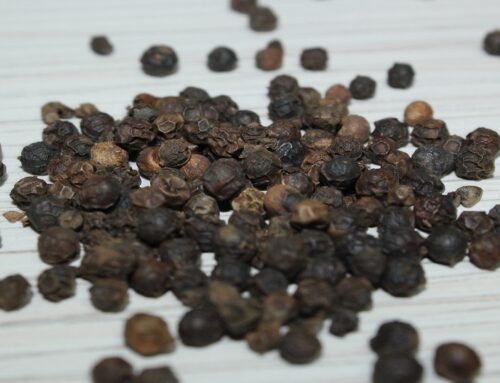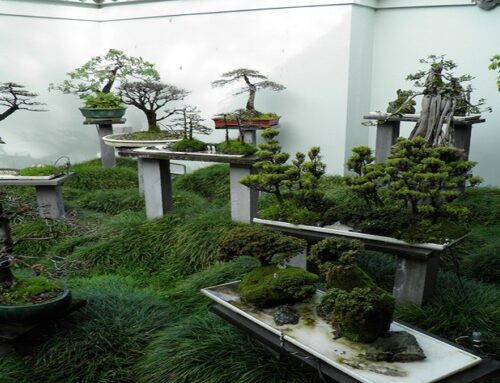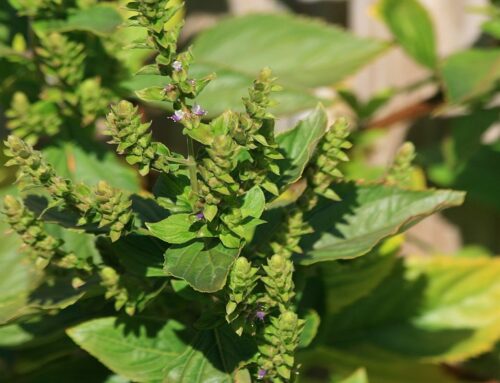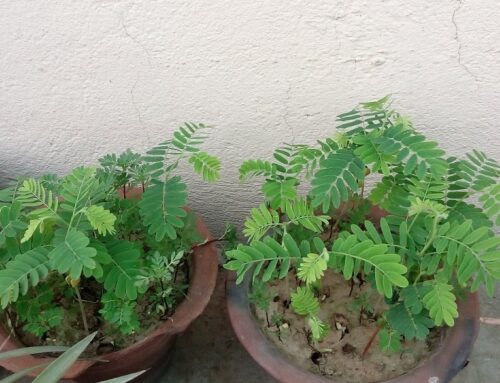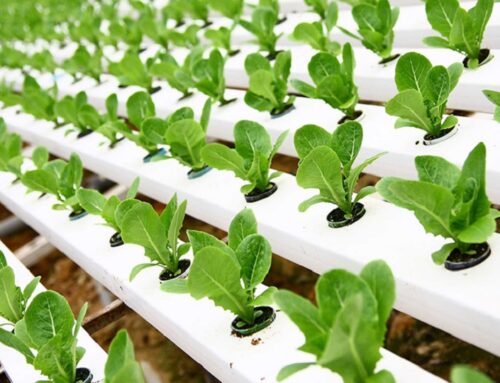A floral design is a decorative arrangement created with flowers and plant materials in a suitable container. So a floral design is also termed as a ‘flower arrangement.’ The art of arranging flowers aesthetically is known as ‘floral designing.’ Floral designing is an aesthetic art just like any other art forms. Hence all the art principles such as design, scale, balance (colour and form), harmony, repetition, rhythm, focal point, and unity, are applicable to the creation of a beautiful floral design or flower arrangement.
Now coming to the important components of a floral design, we can see that flowers and plant materials, and containers or vases are two most important components of any floral design. Without these components, there is no floral design.
A floral designer may use either fresh flowers or dry flowers or both in a flower arrangement. Based on the type of materials used, there are fresh flower arrangements, dry flower arrangements, and mixed flower arrangements with both dry and fresh flowers.
Apart from these flower arrangements, different types of fruit arrangements may also practiced. For fruit arrangements, fruits of various colours may be used. Fruits may be arranged alone or in combination with compatible flowers. In a particular type of Japanese style of flower arrangement called ‘moribana’, fruits are also used in flower arrangements.
Egyptian Floral Designing: Ancient Egyptians used simple floral designs for interior decoration. For them, a major purpose of floral designing was to beautify homes and temples and therefore mainly flowers and floral arrangements were used as offerings to god. Mostly roses, gomphrena (bachelor’s button), narcissus, African violets, lilies etc were used in floral arrangements in ancient Egypt.
Greek Floral Designing: Basic floral design that was popularly used in Greece was circular floral wreaths. Winners of various sports and other competitions were honored with circular floral wreaths which they wore on their heads as a symbol of their newly acquired status. Flower petals were scattered on the ground for decorating it during ceremonies.
Roman and European Floral Designing: Straight and simple garland-like floral designs and circular floral arrangements were common among Europeans and Romans.
Oriental Floral Designs: Buddhist priests started a new era in floral designing, i.e. Oriental Floral Designing. Oriental floral designs use not only flowers but twigs, leaves and pottery also. Use of various types and sizes of Chinese potteries has now become a basic requirement in oriental floral designs.
Japanese Floral Designs: Japanese has developed a unique system of floral designing called ‘Ikebana’. Japanese floral designing is based on a set of written designing principles. In ‘Ikebana’, each flower has a specific meaning and its own position in an arrangement.
Art Principles of Floral Designing: Flower arranging is a delicate art and as in case of all arts, composition of a floral design must be based on the universal principles of design, scale, balance, harmony, repetition, rhythm, focal point, unity and texture.
Color Principles Used In Floral Designs: There are SEVEN basic colours, VIBGYOR (color of rainbow)-violet, indigo, blue, green, yellow, orange and red. Among these red, blue and yellow are primary colours and green, violet and orange are secondary colours. Violet, indigo, blue, and green are cool colors and yellow, orange and red are warm colors.
If we arrange all these colours in a wheel, it is called ‘color wheel’, VIB (violet, indigo, and blue), GY (green and yellow) and OR (orange and red) are known as analogous colours as these neighboring colors are perfectly in harmony with each other.
Combinations of ‘opposite colors’ i.e. colors that are placed opposite to each other on a color wheel such as blue and red, and green and red are known as ‘complimentary colors’ as these colors are complimenting each other’s visual effect.
We can make different types of colors by mixing primary and secondary colours in varying degrees. Among all the colours, grey, white and black are considered as neutral colors.
Since red and yellow are bright, warm and attractive colors, these colours may be used in bright flower arrangements. Blue and green are cool colors and may be used in floral designs meant for a calm environment.
Color Schemes for Floral Designs: There are THREE types of colour schemes depending upon the color of flowers used in floral designs. These are analogous, complimentary and monotone color schemes.
Analogous color schemes: Analogous colours are neighboring colors or adjacent colors such as violet, indigo and blue, and red and orange. Analogous colours are always in harmony with each other as they contain same base color. For example, violet, indigo and blue contain the same base colour, i.e. blue. Red and orange contain same base color, i.e. red.
Complimentary color schemes: Complimentary floral designs use opposite, complimentary colors (one primary color and other secondary color) and various shades and hues of these colors.
Monotone Color Scheme: Only one color and its various shades and hues are prominently used in these types of flower arrangements.
Check out our publishing services here…
We publish top quality videos on various ‘Food & Agriculture’ topics. You may subscribe our video channel here…


